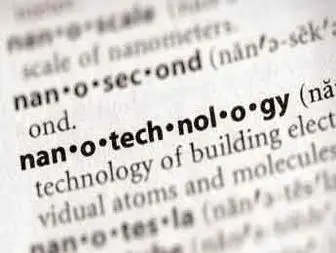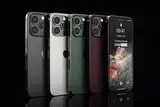
According to the study carried by Princeton University researchers, the immunoassay biological test could be improved by combining standard biological tools with nanotechnology, Science Daily reported.
Immunoassay test is used to detect several diseases by mimicking the immune system in order to spot the presence of biomarkers, the chemicals linked to the disorder.
The test produces a fluorescent light when biomarkers are present in the samples. However, there would be low detection limits if there are small amounts of the biomarker as the fluorescent light would not be clear.
Researchers used nanotechnology to amplify the fluorescence. They were able to achieve a ۳ - million - fold improvement in the detection limit by using small structures that could only be seen with a powerful electron microscope.
" This advance opens many new and exciting opportunities for immunoassays and other detectors, as well as in disease early detection and treatment, " said Stephen Chou, the lead researcher.
He added that, " Furthermore, the new assay is very easy to use, since for the person conducting the test, there will be no difference from the old one - they do the procedure in exactly the same way. "
According to the study published in the journals Nanotechnology and Analytical Chemistry, the enhanced performance of immunoassay could help improve the detection limit of disorders such as cancer and Alzheimer ' s disease as the test would require ۳ million times less biomarkers for the disease to be detected.
Source: presstv













